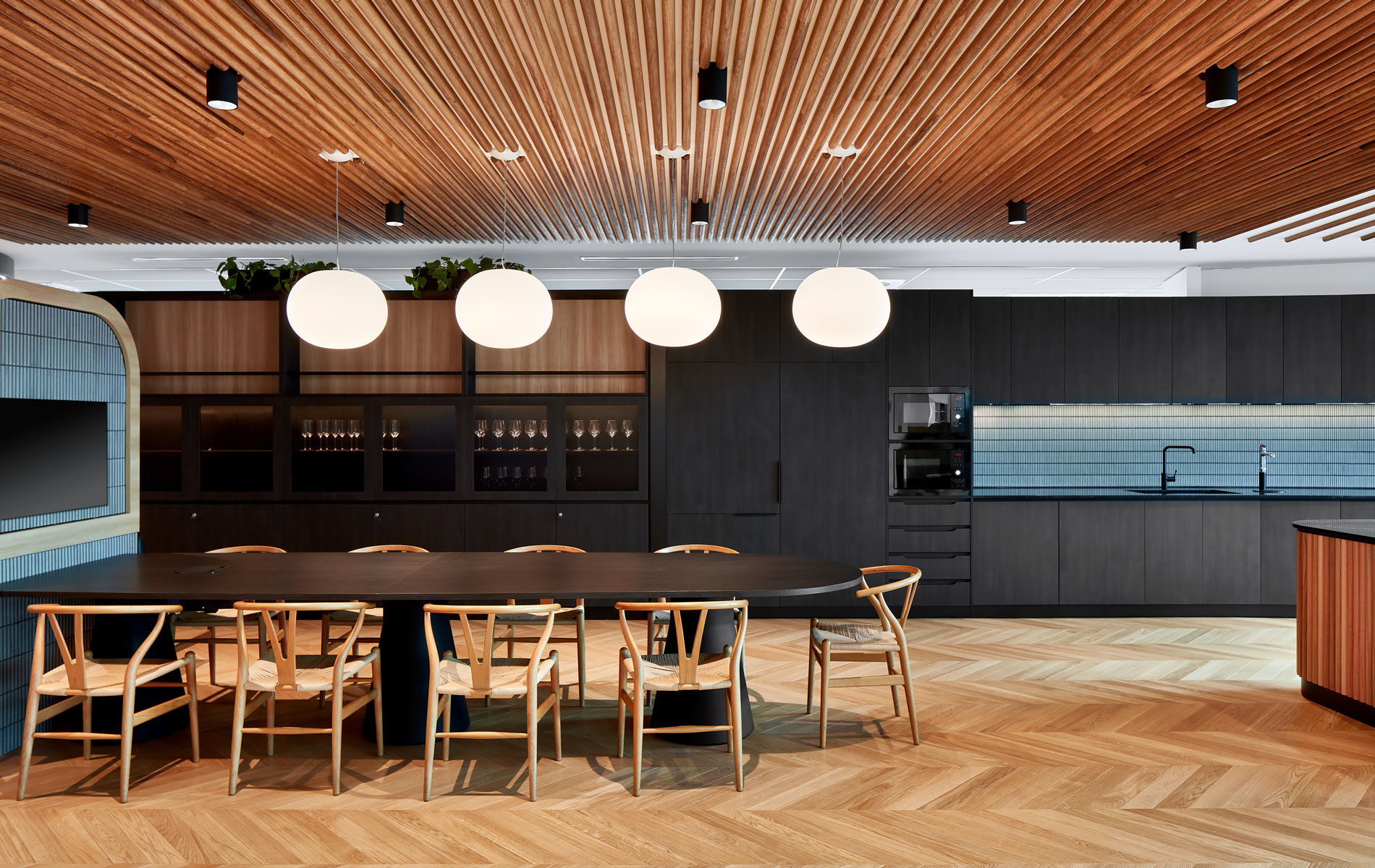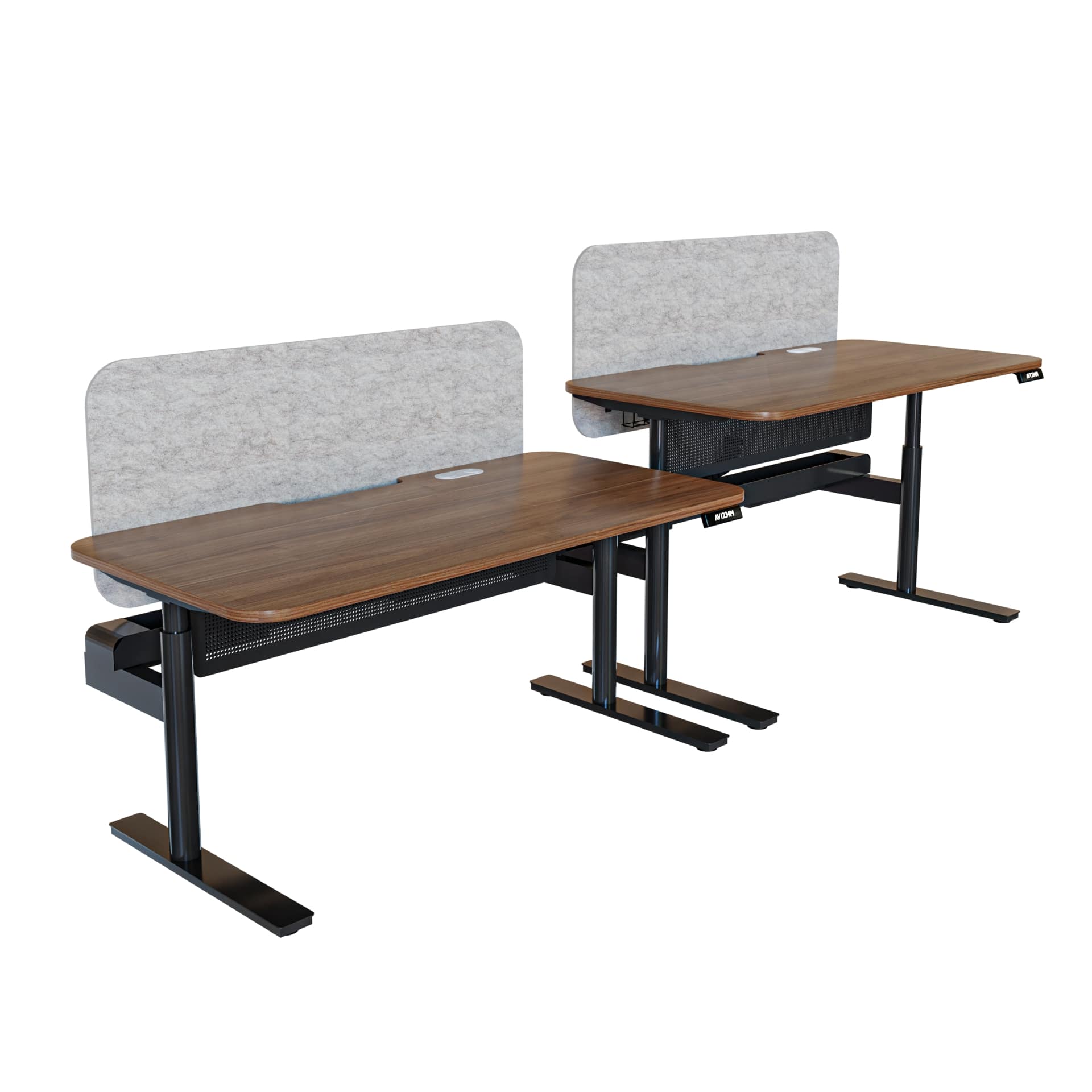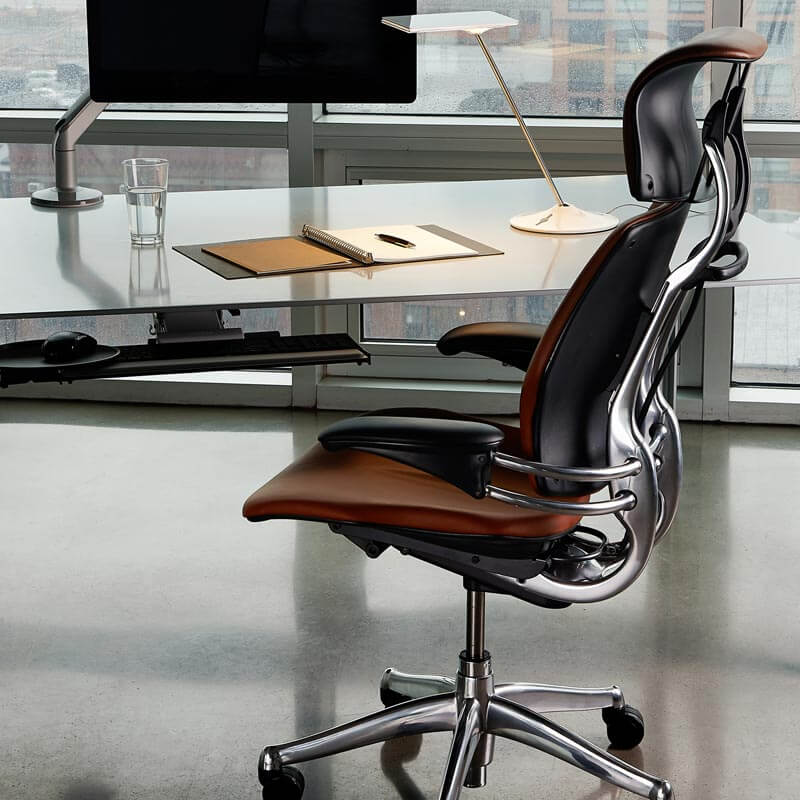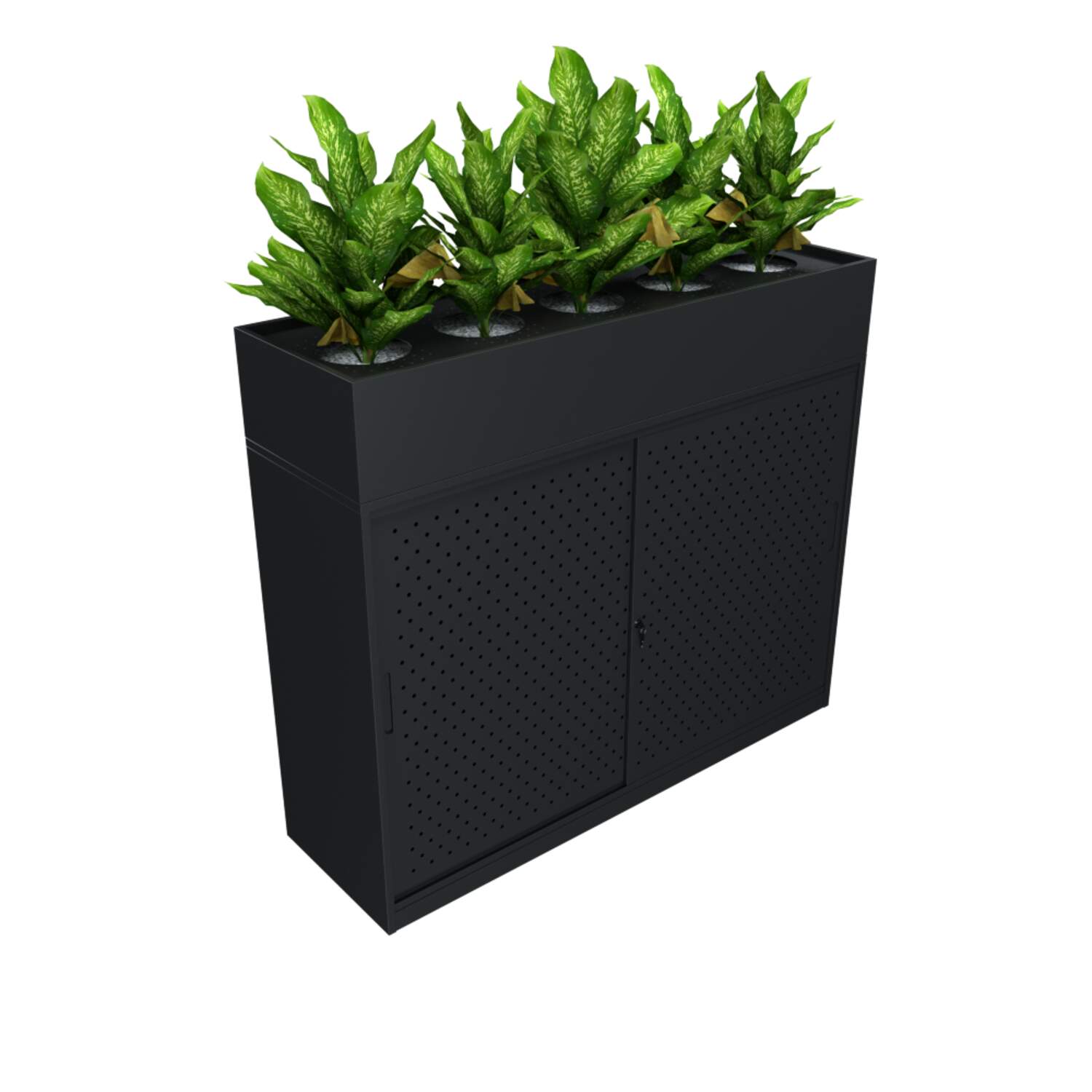 Menu
Menu
Main Menu
 Close
Close
Insights

Selecting the right office furniture is a pivotal aspect of creating functional, visually appealing, and productive workspaces. This comprehensive guide is tailored for architects and interior designers seeking to elevate their workspace designs through strategic furniture choices. From understanding different furniture types to maximising ergonomic benefits, this guide covers every essential aspect of office furniture selection.
When it comes to office furniture, it's crucial to comprehend the diverse range of options available and how each serves a specific purpose within the workspace.
Desks are the focal point of any office space, providing a dedicated area for tasks, meetings, and creative thinking. Executive desks exude authority and are ideal for managerial roles, while standing desks promote movement and posture health. Collaborative workstations foster team interaction, making them perfect for open-plan layouts.
When choosing desks and workstations, consider factors such as size, shape, and material. Opt for durable materials like solid wood or high-quality laminate for longevity. Additionally, ensure that cable management solutions are integrated to maintain a clean and organised workspace.

Volt Electric Sit-to-Stand Workstation
The right chair can make a world of difference in terms of comfort, productivity, and well-being. Ergonomic chairs are designed to support the natural curve of the spine, reducing the risk of musculoskeletal disorders. Additionally, lounge seating and collaborative chairs offer flexible seating arrangements for impromptu meetings or relaxation areas.
When selecting chairs, look for adjustable features, such as seat height, armrests, and lumbar support. Consider upholstery materials for both comfort and aesthetics. Breathable fabrics like mesh provide ventilation, while leather or faux leather exude a polished look.

Humanscale Freedom Headrest Executive Chair
Efficient storage solutions are the backbone of a well-organised office. Shelving units, cabinets, and filing systems keep essential documents and supplies within arm's reach. Mobile pedestals and under-desk storage units optimise space in compact work environments.
For storage, prioritise sturdy materials like steel or wood composite to withstand daily use. Consider modular storage systems that can be reconfigured as needs change. Additionally, incorporate lockable solutions to secure sensitive information.

Prioritising ergonomics is fundamental in ensuring the health and well-being of employees while optimising workspace efficiency.
Ergonomics is the science of designing furniture to fit the natural form and movements of the human body. Ergonomic chairs, with features like adjustable lumbar support, seat depth, and armrests, provide personalised comfort. Sit-stand desks offer flexibility, allowing users to alternate between sitting and standing positions.
Proper ergonomics reduces the risk of musculoskeletal disorders and enhances productivity. Encourage employees to adjust their chairs and desks to suit their individual needs. Consider providing ergonomic accessories like keyboard trays and monitor stands to further enhance comfort.
Efficient furniture arrangement is essential for facilitating seamless workflow and collaboration. Consider the layout of workstations, meeting rooms, and breakout areas to minimise unnecessary movement and distractions.
Cluster workstations to encourage team interaction and communication. Create dedicated zones for focused work, collaborative tasks, and relaxation. Additionally, ensure that essential tools and resources are easily accessible from each workstation.
Selecting the right materials for office furniture not only impacts aesthetics but also influences durability and longevity.
Wood exudes warmth, elegance, and timelessness. Solid wood desks and tables make a statement in executive offices, while wood veneer offers a cost-effective alternative with a similar aesthetic. Consider sustainable wood options like bamboo or reclaimed wood for eco-conscious designs.
When working with wood finishes, choose high-quality veneers with durable topcoats to withstand daily use. Pay attention to wood grain patterns and finishes to complement the overall design scheme.
Metal accents add a contemporary and industrial edge to office furniture. Steel frames provide durability and stability, making them ideal for desks and shelving units. Glass surfaces create a sense of openness and transparency, perfect for conference tables and reception areas.
Balance metal and glass elements with warmer materials like wood or upholstery for a harmonious blend of styles. Consider matte or textured finishes to add visual interest and reduce fingerprints.
Collaborating with furniture providers to offer customised solutions allows for the creation of truly unique and personalised workspaces.
Custom-made furniture caters to specific spatial constraints and design preferences, ensuring every piece aligns with the overall vision. Tailor desks to fit unique office layouts, or incorporate custom storage solutions for optimised space utilisation.
Incorporate branded elements like logos, colour schemes, or integrated technology to reinforce company identity within the workspace. Customisation also allows for the integration of specialised features, such as height-adjustable workstations or built-in charging stations.
Staying abreast of the latest trends and innovations in office furniture design enables designers to integrate cutting-edge solutions.
Modern workspaces demand furniture that seamlessly integrates technology. Explore furniture with built-in charging stations, data ports, and wireless capabilities to cater to the tech-savvy needs of modern workplaces. Consider adaptable furniture pieces like height-adjustable desks or collaborative touchscreens that can evolve with evolving technological needs.
Additionally, explore smart furniture solutions that incorporate IoT (Internet of Things) technology for enhanced functionality and connectivity. These innovations can optimise the way employees interact with their workspace and technology.
Balancing budget constraints with quality furniture choices is a critical aspect of any office design project.
Budget-conscious solutions don't have to compromise on quality or aesthetics. Consider modular furniture systems that allow for scalability and flexibility, adapting to changing workspace needs without requiring a complete overhaul. Explore reputable furniture suppliers that offer a range of budget-friendly options, from value-priced collections to cost-effective alternatives within their product lines.
Prioritise essential pieces like ergonomic chairs and functional workstations, and allocate resources strategically for impactful design elements. Additionally, consider long-term cost savings, such as energy-efficient lighting or sustainable materials, that contribute to a more economical and environmentally-friendly workspace.
Effectively presenting and integrating furniture solutions in design proposals is key to winning over clients and stakeholders.
Utilise mood boards, 3D renderings, and virtual tours to showcase furniture selections in the context of the overall design. Provide a tangible preview of the final workspace, allowing clients to visualise how each piece contributes to the overall functionality and aesthetics.
Highlight the benefits and features of specific furniture pieces, emphasising how each contributes to a functional and aesthetically pleasing workspace. Showcase real-life examples of successful office design projects, highlighting key design decisions and their impact. Consider creating case studies that detail the challenges, solutions, and outcomes of each project.
Incorporating the right office furniture is the cornerstone of a successful workspace design. By understanding the diverse options available, prioritising ergonomics, and considering material choices, architects and interior designers can create environments that inspire productivity and well-being. Remember, every piece of furniture contributes to the overall functionality and aesthetics of the space.
For personalised guidance on selecting the perfect furniture for your workspace, contact RJ Office today.
Sign up with your email address to receive news and updates.